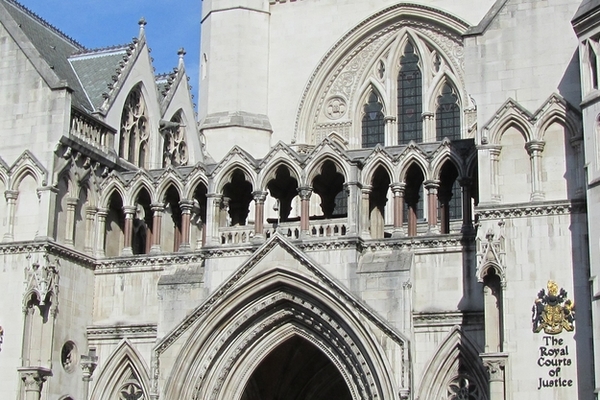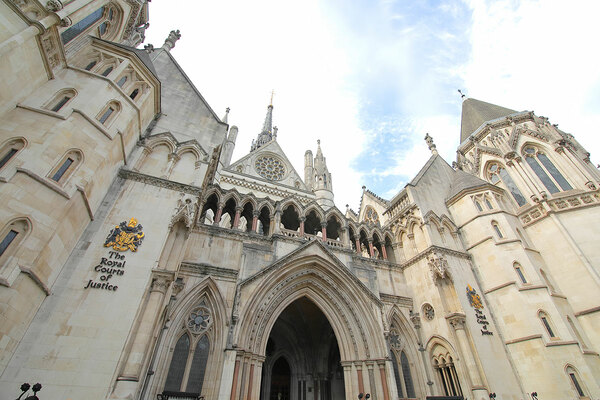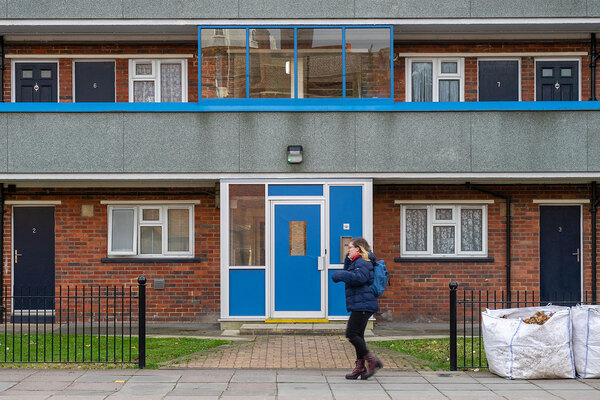You are viewing 1 of your 1 free articles
Housing legal aid cases given funding fall by almost 40% in a decade
The number of housing cases funded through the government’s legal aid programme has fallen by nearly 40% since 2010, an Inside Housing investigation can reveal.
Exclusive data obtained through Freedom of Information Act requests shows that 7,385 legal aid applications for civil representation in housing-related cases were granted support in 2018/19, down 39% from the 12,088 granted in 2010/11.
The decline in funded cases is largely driven by the fall in applications. In 2018/19, 7,963 applications for civil representation in housing-related cases were submitted, down 45% from 14,401 in 2010/11.
Housing lawyers have said the removal of support for some types of housing-related cases, as well as a reduction in the number of providers following cuts, were major factors behind the fall in applications.
Behind the numbers: click here to read our full analysis of the legal aid cuts
There was a large drop in disrepair cases. Only 199 such cases were granted funding in 2018/19, down 94% from 1,887 in 2010/11.
Judicial review cases, which are used to challenge the legality of decisions made by a public authority, fell 62% from 803 in 2010/11 to 309 in 2018/19.
Recovering possession cases, which account for the highest volume of housing-related legal aid applications, fell 13% from 6,909 in 2010/11 to 6,021 in 2018/19.
In 2013, the Legal Aid, Sentencing and Punishment of Offenders Act (LASPO) came into force, dramatically reducing the number of housing-related cases covered by legal aid.
For example, disrepair cases fell out of the scope for legal aid, except where there is a serious risk of harm to the health and safety of a tenant.
Commenting on the decline in applications, Jo Underwood, head of strategic litigation at Shelter, said: “I think housing legal aid lawyers would be pretty united in assuming that LASPO and the cuts there took so much out of scope.”
She added that a “knock-on effect” of LASPO has been the creation of “housing advice deserts” as firms have gone out of business, leaving large areas without providers.
Analysis by Inside Housing found that 175 (52%) of the district and unitary authorities in England and Wales did not have any housing legal aid providers within their boundaries. London had 224 (49%) of the country’s 455 providers.
John Bryant, policy leader at the National Housing Federation, said cuts to legal aids affect housing associations, as well as their tenants.
He said: "It is essential that tenants have access to proper legal advice and representation, especially if their home is at stake. Facing court action without legal representation could leave tenants vulnerable, and helps neither tenants nor their housing association."
A Ministry of Justice spokesperson said: “We recently announced a series of pilots to support people with social welfare problems such as housing, to help them resolve their problems before reaching court.
“We recognise that some cases will always require resolution in court, and we will soon announce the results of a consultation on improving access to legal support for those at risk of losing their home.”
Behind the numbers: what impacts have legal aid cuts had on housing?
Lucie Heath unpicks the story behind the legal aid data. Use our animated graphs and clickable local authority map to find out more.
Sign up for our tenancy management newsletter
Already have an account? Click here to manage your newsletters














